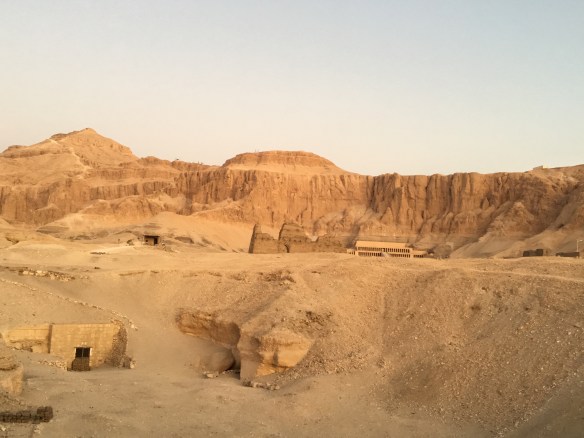We successfully closed our 2022 season yesterday – Patrizia and Hassan are already on their way back to Germany, I will spend some more days here in Luxor, continuing my work for the South Asasif Conservation Project.
I am also busy with writing up the report of this fruitful season of the Ankh-Hor Project – so much work was done, almost 150 drawings of small finds were accomplished, dozens of objects were recorded for the first time, several new matching pieces were found to coffins, a large number of wooden objects was cleaned and hundreds of photographs taken. All this rich documentation will require post-season processing back home and I will also summarise the most important results in an upcoming blog post.

The last few days have proven it again – everything we have achieved here in 2022 has been great teamwork. Everyone thought along and not only did their job well, but also helped others like Patrizia and Hassan here with taking photos of reconstructed coffins (photo by H. Aglan).

I am very grateful to the entire team of the 2022 season and would like to say a special thank you to our inspector Saad and the Egyptian conservator Noura – it was a pleasure and an honour! To be continued, we’ll be back next year.



